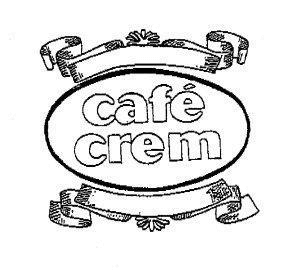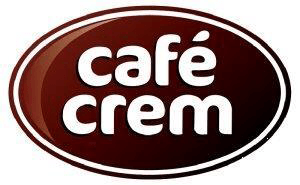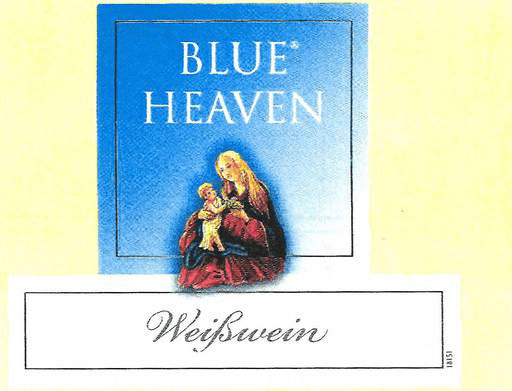
Making changes to your trade mark – some recent examples from the UKIPO and EUIPO on what amounts to alteration of distinctive character
Once a UK or EU trade mark has been registered for 5 years it becomes vulnerable to a non-use cancellation challenge. An application to cancel a trade mark registration on the grounds of non-use can be filed by anyone, irrespective of whether or not they own or intend to own any similar rights. A trade mark owner might also be required to provide evidence of genuine use if they rely on a vulnerable trade mark registration in opposition proceedings against a third party application.
The only way to overcome a non-use challenge is to provide evidence of genuine use of the trade mark. What constitutes genuine use and how to show it is not dealt with in this article, but it essentially involves demonstrating use of the trade mark in relation to the goods and/or services for which is it registered, in the relevant jurisdiction during the relevant period of time.
Proving use of a trade mark in the form in which it is registered
One of the key considerations for assessing proof of genuine use is whether the trade mark has been used in the form in which it was registered.
Where possible, the safest way for a trade mark owner to protect their registration against a non-use challenge is to ensure that they register the trade mark in the same form that they intend to use it (and document such use).
However, there is some leniency built into UK and EU law which allows a trade mark owner to make certain small changes between the mark as registered and the mark they use. The law allows for changes which do not “alter the distinctive character” of the registered trade mark; the rationale is that a trade mark owner may need to make some changes to their trade mark in order to better adapt the mark for marketing and promoting their goods or services.
What amounts to alteration of distinctive character?
The key question is what type of changes can be made without altering the distinctive character? Changes to the dominant and distinctive elements of the registered trade mark or to the overall impression of the trade mark are more likely to be a problem than changes affecting less important elements of the mark. Changes that are physically small in size or located in a subordinate part of the mark (for example at the end of the mark) such that they might be overlooked are more likely to be deemed acceptable.
Although the assessment of whether the distinctive character has been altered will always be dependent on the facts of the case (including, for example, the goods and services covered by the trade mark), the following general rules apply:
• Changes which are usually acceptable: changing from capital letters to lower-case letters (or vice versa), addition or omission of punctuation, using a black and white mark in colour.
• Changes which are sometimes acceptable, but are riskier: changes to the colour of the mark, using a different font, changes to the layout of the mark, addition or omission of a non-distinctive word or figurative element.
• Changes which are probably not acceptable: addition or omission of a distinctive word or figurative element, multiple changes.
Examples from the UKIPO and EUIPO
The following are recent examples from the UKIPO and EUIPO which help to demonstrate what types of changes are (and aren’t) acceptable.
Examples of changes which have been acceptable (i.e. the distinctive character was not altered):
Mark registered

Mark used

Comments: Use of a black and white mark in colour did not alter the distinctive character.
Mark registered

Mark used

Comments: Use of a black and white mark in colour did not alter the distinctive character.
Mark registered

Mark used

Comments: Use in ‘negative’ (i.e. inverting the device element and background colours) did not alter the distinctive character.
-and-

Comments: Use in combination with the words JW MARRIOTT also did not alter the distinctive character as it was deemed to constitute use of two marks in combination.
Mark registered
ICE BLUE SKY
Mark used

Comments: The use of colour and lower case letters did not alter the distinctive character. (However see below for the decision regarding a more heavily stylised version of the mark.)
Mark registered
RBS
Mark used

Comments: The additional figurative elements did not alter the distinctive character.
Mark registered

Mark used

-and-

Comments: The dominant element was “mobile” and the addition of “.bg” and “n.bg” did not alter the distinctive character.
Examples of changes which have not been acceptable (i.e. the distinctive character was altered):
Mark registered

Mark used

Comments: The word elements were of very weak distinctive character. The alteration to the figurative and colour elements therefore altered the distinctive character.
Mark registered

Mark used
![]()

Comments: As the sign was so short, any changes to the stylisation and/or colours used were more important.
Mark registered
ICE BLUE SKY
Mark used

Comments: The use of colours alone would not alter the distinctive character but the paint brush effect created a striking visual difference between the respective marks.
Mark registered
![]()
Mark used
![]()
Comments: The omission of the figurative element at the beginning of the mark altered the distinctive character.
Mark registered
HEAVEN
Mark used

Comments: The overall impression of the marks differed significantly.
Examples where the UK and EU courts have provided insight into acceptable changes:
- In the CACTUS decision (Case C-501/15 P) the CJEU held that use of a cactus was sufficient to maintain a registration for a cactus and the word as they are “conceptually equivalent” marks
As such use of was enough to maintain
was enough to maintain 
- In W3 Limited v easyGroup Limited [2018] EWHC 7 (Ch), The High Court held that it was “possible” for use of “easyGroup”, “easyJet” and other easy-prefixed marks to be used to maintain a registration for EASY (though on the facts this was not the case).
What does this mean for trade mark owners?
The best advice is to plan ahead as much as possible. When filing the initial trade mark application, trade mark owners should consider applying for the trade mark both as a word mark and in any relevant stylised (logo) form.
Trade mark owners should then re-assess their protection if they later plan to start using the mark in a different form. It might make sense at this stage to apply for a new trade mark, or it might be the case that the protection they have in place is sufficient.








